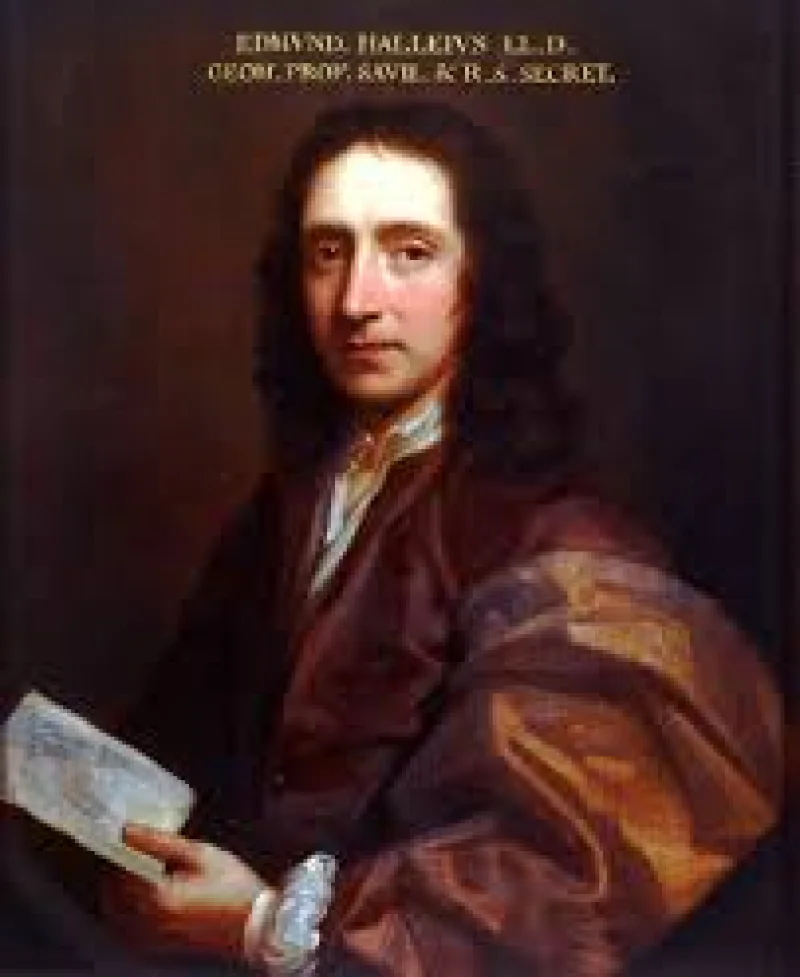Short Summary
Kip S. Thorne is a renowned American theoretical physicist, recognized for his pioneering work in gravitational physics and astrophysics. He is best known for his contributions to the understanding of black holes, wormholes, and gravitational waves. Thorne was one of the recipients of the 2017 Nobel Prize in Physics for his role in the LIGO detector and the observation of gravitational waves. His work has significantly advanced the field of astrophysics, and his influence extends into popular culture through his involvement with the film "Interstellar."
Early Life & Education
Kip Stephen Thorne was born on June 1, 1940, in Logan, Utah. He grew up in a family of academics, which influenced his early interest in science. His father was a chemist, and his mother was an economist. Thorne attended Logan High School, where he showed a keen interest in physics. He went on to study physics at the California Institute of Technology (Caltech), earning his Bachelor of Science degree in 1962. Thorne then pursued graduate studies at Princeton University, where he completed his Ph.D. in 1965 under the mentorship of John Archibald Wheeler, a prominent physicist who significantly shaped his career.
Career Highlights
After completing his Ph.D., Thorne joined the faculty at Caltech, where he became a full professor in 1970. His early work focused on the theoretical aspects of gravitational waves and the properties of black holes. Thorne was instrumental in the conceptual development of the Laser Interferometer Gravitational-Wave Observatory (LIGO), which eventually led to the first direct detection of gravitational waves in 2015. Throughout his career, Thorne has collaborated with other leading scientists, contributing to the understanding of the universe's most mysterious phenomena. His work has been widely published in scientific journals and he has authored several influential books on astrophysics.
Major Achievements
- Co-recipient of the 2017 Nobel Prize in Physics for contributions to the LIGO detector and the observation of gravitational waves.
- Key contributor to the theoretical framework of gravitational wave detection.
- Author of the popular science book "Black Holes and Time Warps: Einstein's Outrageous Legacy."
- Scientific consultant and executive producer for the film "Interstellar," ensuring scientific accuracy.
Famous Quotes
- "The laws of physics are the canvas God laid down on which to paint his masterpiece."
- "No one knows the future, but what we do in the present shapes that future."
Interesting Facts
- Thorne has been friends with fellow physicists Stephen Hawking and Carl Sagan.
- He has appeared in several documentaries about space and physics.
- Thorne retired from Caltech in 2009 but remains active in research and public outreach.
Legacy / Influence
Kip S. Thorne's work has had a profound impact on the field of astrophysics, particularly in the study of gravitational waves and black holes. His contributions have helped confirm key aspects of Einstein's theory of general relativity and opened new avenues for exploring the universe. Thorne's influence extends beyond academia, as he has played a significant role in bringing complex scientific concepts to the public through books and films. His legacy is one of bridging the gap between theoretical physics and accessible science communication.
FAQ
Q: Why is Kip S. Thorne famous?
A: He is famous for his pioneering work in gravitational physics and for being a co-recipient of the Nobel Prize in Physics for the detection of gravitational waves.
Q: What major project is he associated with?
A: He is associated with the LIGO project, which successfully detected gravitational waves for the first time.
Q: Has he contributed to any popular films?
A: Yes, he was a scientific consultant and executive producer for the film "Interstellar."











